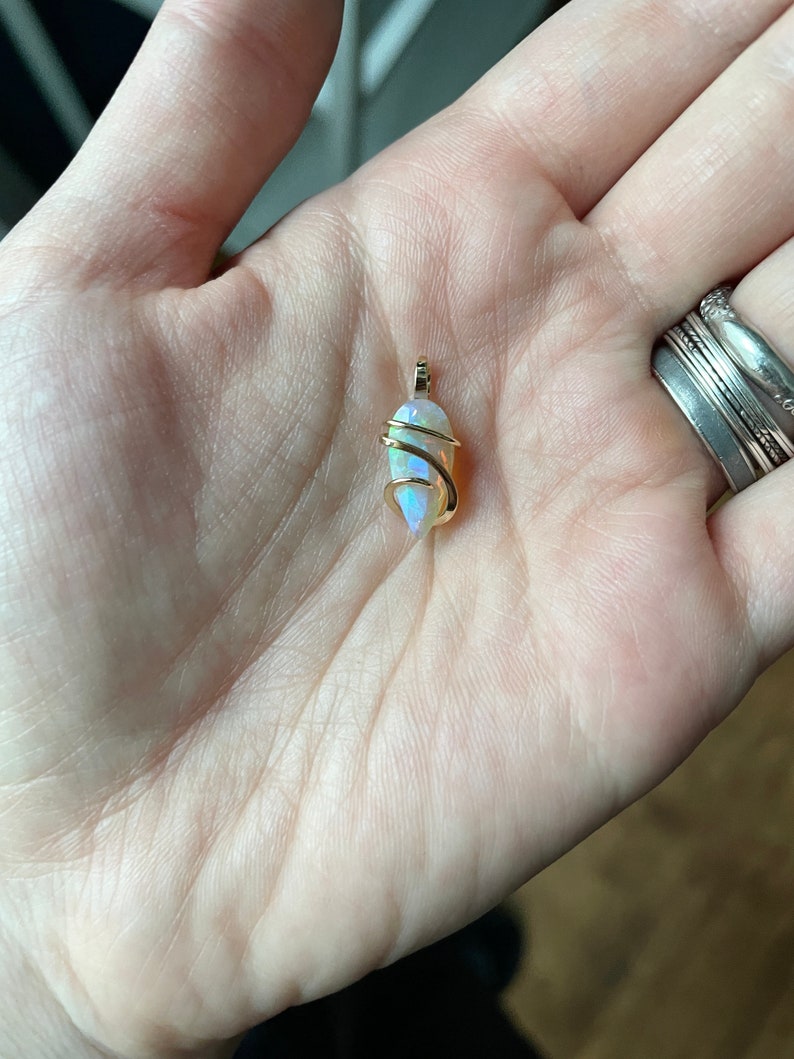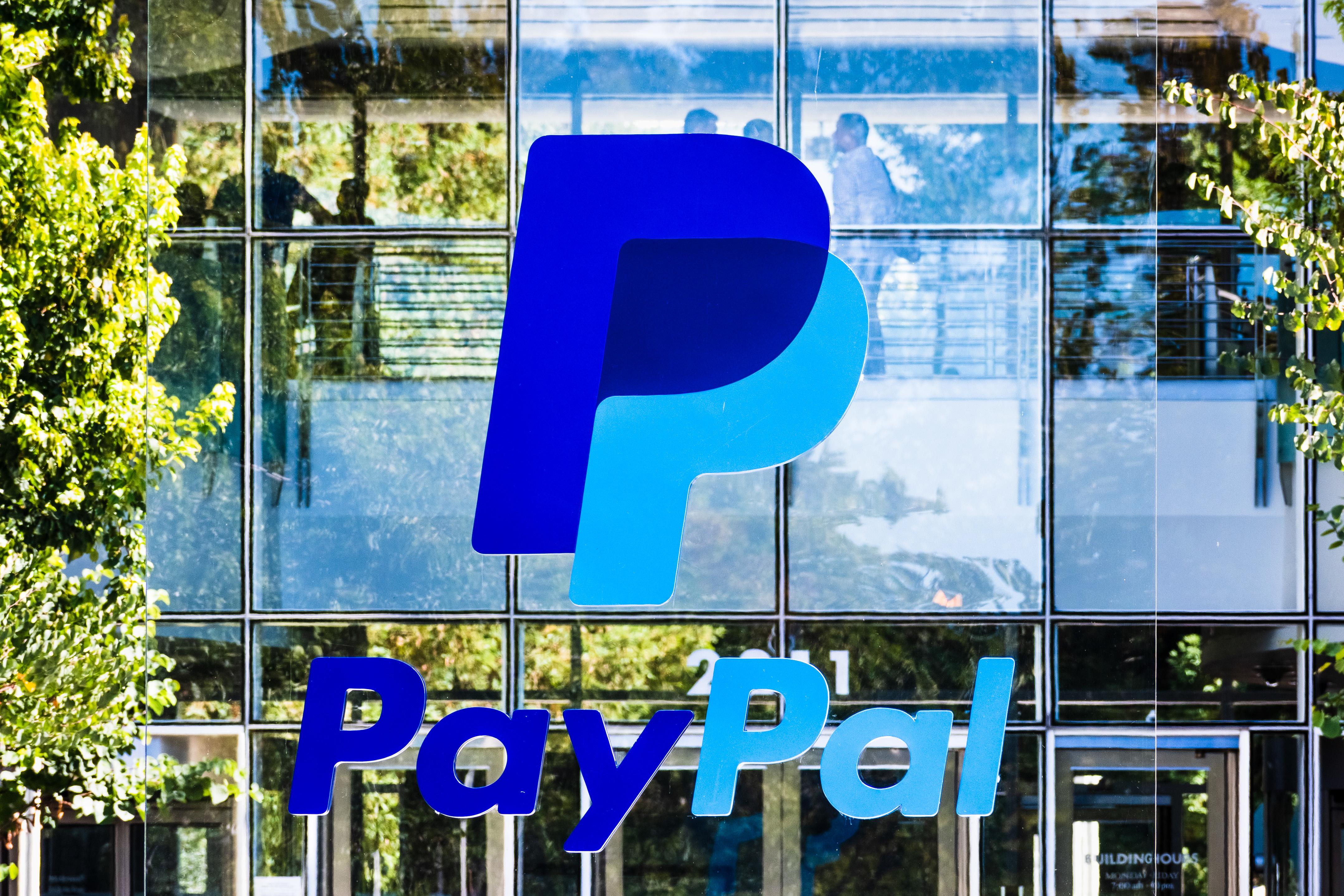


And the cost of doing all of the above has steadily risen. If you don’t, then your remaining balance will be subject to a much higher rate - and perhaps even higher than what you had before you transferred your balance.Ĭost of financing and borrowing against your home still highīuying a home, improving a home and borrowing against it are among the biggest financial moves most people make in their lives. Then pay off what you owe in the coming months before that 0% rate expires. One option is to find a good balance-transfer card with an initial 0% rate for up to 21 months. “Cardholders’ best move is to assume that rates will continue to rise, and use that as further motivation to continue to knock down their credit card debt.” “For someone with $5,000 in credit card debt on a card with a 22.16% and a $250 monthly payment, they will pay $1,298 in total interest and take 26 months to pay off the balance,” said Matt Schulz, chief credit analyst at LendingTree. If you carry a balance, and especially if you only pay the minimum due, you will be shelling out a lot of money every month just for interest, which means it will take you even longer to pay off what you owe. Second-quarter data from the Fed shows the average rate for them is 22.16%. If, however, you just look at the universe of people who actually do pay interest because they carry a balance from month to month, their average rate is even higher.
#Paypal stock price today full
Nevertheless, that is still more than 6 percentage points higher than the average recorded at the start of last year.īut the 20.44% average doesn’t tell the whole story, since it’s the overall average for all cardholders, including those who are never charged interest because they pay their bill in full and on time every month. So it’s not surprising that card rates in the past year have been trending at around 20-year highs.Īs of July 19, the average credit card interest rate is 20.44%, down slightly from the 20.58% recorded the week before, according to. When Fed rates go up, so do credit card rates. And you can get shorter-term CDs that pay between 4% and 5%, with some even paying up to 5.35%, according to. While the average rate on a one-year CD was only paying 1.58% as of July 17, according to Bankrate, there are some one-years on offer that pay well over 5%. If you have enough in savings that you can leave some untouched for anywhere from one month to a year, you’ll be able to lock in a high rate by putting some money in a certificate of deposit at an FDIC-insured bank. By contrast, the largest banks, like JPMorgan Chase and Bank of America, still pay next to nothing - think 0.01%. The national average savings account rate was just 0.52% as of July 17, according to Bankrate.īut your money can earn you far more in online high-yield savings accounts at FDIC-insured banks, many of which are paying between 4.5% and 5% as of Wednesday. “We may be waiting for a protracted period of cooling inflation before we see a halt to interest rate hikes,” said Michele Raneri, vice president and head of US research and consulting at TransUnion.Įither way, here are three ways the Fed’s latest hike announced Wednesday could either take a bite out of your wallet or benefit you. So when might the Fed be willing to stop raising rates?


“Despite the euphoria over inflation coming down from 9.1% to 3% in the past year, the trend on core inflation readings - which exclude volatile food and energy components to provide a better read on inflation trends - is much less impressive,” said Greg McBride, chief financial analyst at. In either case, both numbers are still above the Fed’s 2% target, which suggests the US central bank may not be done quite yet. And the Fed’s preferred inflation measure - the core Personal Consumption Expenditures Index - inched down to 4.6% in its latest reading. Based on the latest reading, inflation as measured by the Consumer Price Index grew at just 3% in June. The Fed’s aggressive campaign is intended to beat down inflation. That’s how fast the Federal Reserve has hiked its overnight bank lending rate, which directly or indirectly affects many consumer rates.


 0 kommentar(er)
0 kommentar(er)
